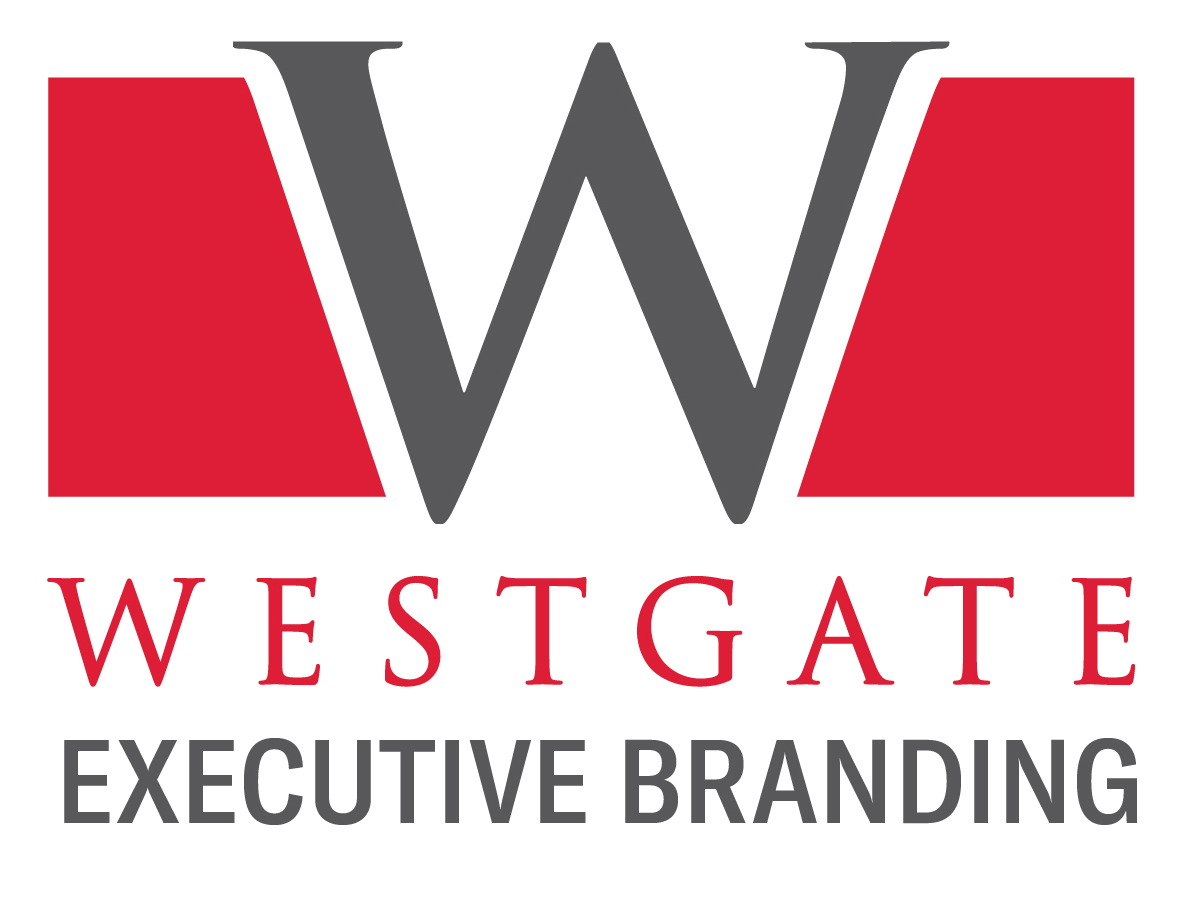 I am in awe of musicians.
I am in awe of musicians.
Recently I attended a concert featuring the Nova Scotia Symphony and popular Canadian crooner, David Myles. I sat for nearly two hours listening to magical arrangements executed by dozens of deeply talented and gifted musicians while I watched the conductor weave the music together with his mysterious choreography.
I don’t read music and I don’t play an instrument. I guess that’s the reason I admire musicians. As I watched the conductor and each musician—the violinists, the flautists, bass players, the trumpeters, oboists and clarinetists, it occurred to me that not only are these people gifted musicians, the magic of their music is in the timing of their instruments.
Each section of the orchestra enters at just at the right time and exits at just the right time for the intended effect.
I am guessing it took focused practice and intention for them to pull that off.
This orchestra reminded me of clients I’ve worked with who seem to know just when to introduce their career instruments during their job search.
Let’s take a closer look at those instruments and when they are used.
- The resume is the most apparent of the career instruments—used to open doors to interviews, meetings and conversations with just the right people. It will also be used to defend you in front of the board, executive committee and other stakeholders.
- The LinkedIn Profile is an instrument used to create awareness and publicity for many purposes. In a job search situation, it is used to pique the interest of the corporate recruiter or head hunter looking for an executive like you.
- The Professional Biography is the little-known jewel that can be used for so many purposes. Its timing is probably the most flexible of all of the instruments because it has so many purposes. It is used to introduce you to the senior management committee before a formal resume is requested. After all, executives are busy and may not have time to read a detailed, content-rich resume before the next SMT meeting.
- Once you land the position, the bio will be used to introduce you to the Board of Directors, clients and other stakeholders. It is used to introduce you to the external world through press releases, organizational announcements and for social media campaigns and websites. Of course, once you’ve completed the onboarding process, you will likely be asked to speak at industry conferences in which the professional biography is ideally suited for your introduction.
- What about during the interview and “corporate courting” process? What instruments are used at this time? Well, of course, the Endorsements Sheet is a critical leave-behind instrument that provides social proof of your abilities and accomplishments that will make a decision-maker take notice of you. Third-party endorsements are powerful when important decisions need to be made.
- Let’s not forget the post-interview checklist. This is also a critical instrument used after every conversation, meeting and interview. It will be important to conduct some professional sleuthing after the interview, uncovering the theme of the interview.
- The portfolio, although oftentimes associated with artists, musicians and other entertainment professions, is critical because it demonstrates that not only can you do the work, but that you did do the work.
- Once the interviews are over, the next and most important instrument is the employment proposal letter designed to answer all of those questions that the decision-makers need answers to.
- Finally after all of the hard work and success, you will experience the standing ovation. This is your own orchestra of references. If endorsements are important to provide social proof, references provide the evidence required to substantiate a hiring decision. Enter center stage: the reference dossier.
- Each and every one of your valued references needs a powerful reference package provided by you well in advance of the job offer. They become your champions because the hiring decision makers want to complete their due diligence and this becomes the “sign off” for that decision. Be prepared for references checks, background checks, and, yes, back door checks. How many references, you may ask? Provide at least five to seven names to the decision-maker.
Orchestrate the magic of calculated timing with your career instruments as the conductor of your own career journey.

